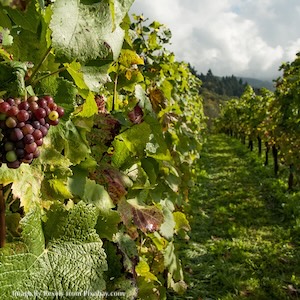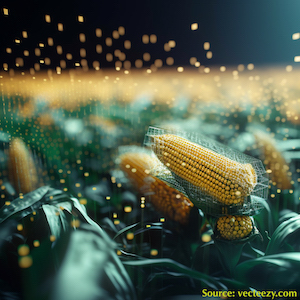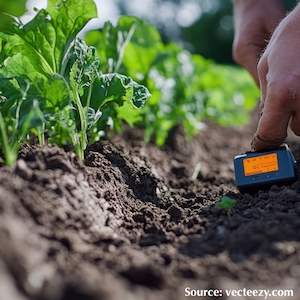Soil compaction in Northern Italian vineyards: challenges and mitigation strategies

All claims expressed in this article are solely those of the authors and do not necessarily represent those of their affiliated organizations, or those of the publisher, the editors and the reviewers. Any product that may be evaluated in this article or claim that may be made by its manufacturer is not guaranteed or endorsed by the publisher.
Authors
Soil compaction presents significant challenges for perennial crops, which occupy the same land for many years. The practice of arranging plants in rows and the frequent use of heavy machinery is leading to soil compaction and rut formation. A study conducted in espaliers vineyards in Northern Italy (Oltrepò, Lombardy region) examined the effects of grass-covered versus tilled inter-rows and the influence of mechanical versus manual harvesting. The study was based on a series of penetrometer resistance measurements conducted throughout the entire growing season. Early-season measurements revealed values exceeding 4 MPa, surpassing the 1-3 MPa threshold identified in the literature as a limit for root growth, grape quality, and susceptibility to pathogens. The negative impact of soil compaction was not limited to the ruts formed by agricultural machinery but also affected adjacent areas. The well-documented regeneration of agricultural soil structure during the cold season was in these cases inadequate to alleviate the significant compaction observed. Furthermore, mechanical harvesting, particularly in wet conditions, significantly exacerbated soil compaction, with measurements indicating nearly 5 MPa in ruts. These findings underscore the imperative for implementing strategies aimed at mitigating the adverse impacts of soil compaction on vine health and the sustainability of vineyards.
How to Cite

This work is licensed under a Creative Commons Attribution-NonCommercial 4.0 International License.









